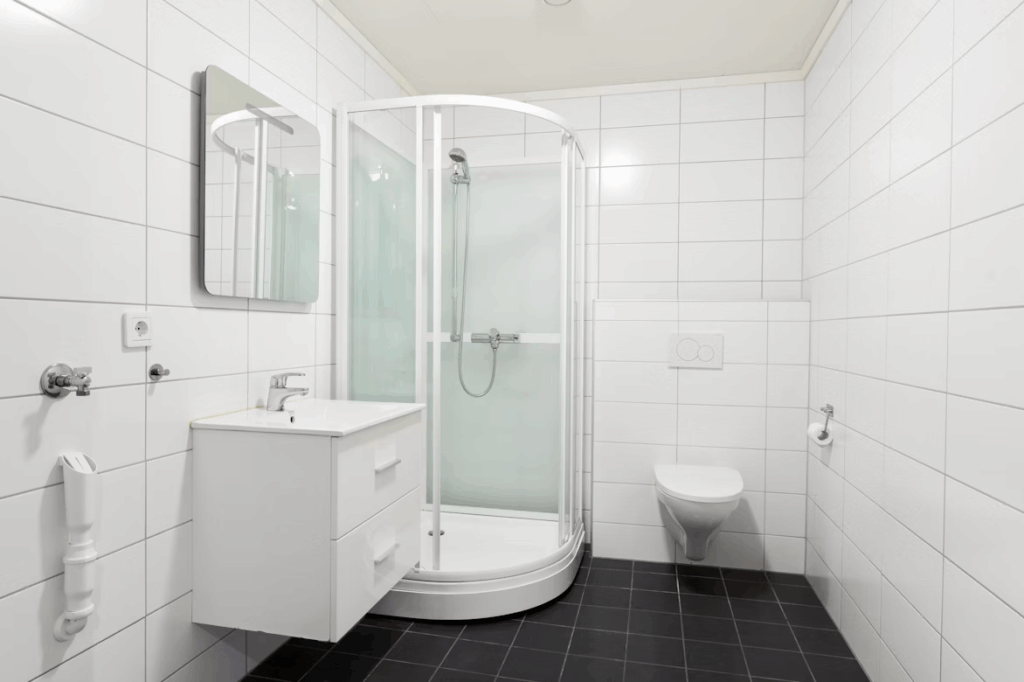
In today’s data-driven world, even seemingly mundane aspects of daily life—like the quality of your shower water softener—can offer measurable insights into your well-being. For many, the change from hard to soft water feels subtle, but by tracking physical indicators over time, you can turn intuition into clear data. With a methodical approach and a few simple measurements, you can know not only that soft water feels better—it mathematically is better for your skin and hair.
Understanding Hard vs Soft Water and Why It Matters
The quantity of minerals like calcium and magnesium determines water hardness. The minerals that remain deposited on the skin by hard water may cause the pores to become blocked, resulting in dry skin and subsequent flakiness or irritability. In comparison, soft water, where the minerals have been removed or neutralized, enables cleansers and moisturizers to work more effectively and wash away more effectively.
Lots of people say their hair is silkier and smoother after, but anecdotal reports only get you so far. To accurately measure any improvements, it is advisable to take notes on the current state of affairs, such as moisture content, ease or difficulty of hair, etc., or even the frequency of applying moisturizer in a week.
Monitoring the Skin Hydration with Objective Data
The use of simple tools in hydration, such as a corneometer, is one of the most convincing ways of observing change. You can get the concrete results of better skin hydration by measuring the skin moisture before and after you change to soft water. Start by measuring the amount of moisture on your cheek, forehead, and neck once each after your morning routine using your current (hard) water setup.
Once you install soft water filtration, you should measure it at the same time and frequency, e.g., every day during a week. A consistent increase in hydration levels gives empirical evidence that your skin is getting the benefit. Instead of basing your judgment on how soft or smooth your skin feels, you will have the numbers indicating the percentage of moisture retention increase.
Measuring the Health of Hair in a Quantifiable Way
Hair health is more difficult to measure, but it can be done systematically to provide meaningful measures. One of the ways is to track the resistance of your hair to tangling. Start with a wide-tooth comb on dry hair and count the number of strokes it takes to comb out the hair. Repeat the test a few times after the transition to soft water.
Another measure is the difference in product use: you shampoo and/or condition more or less frequently. Measure the amount of product you require over a given time span–perhaps two weeks–with and without soft water. If your hair is not as dirty as before, or you need a smaller amount of conditioner, these are physical signs of the positive effect of soft water.
Subtle Changes in Skin and Hair Products Consumption
Soft water can make soap and shampoo build up less, so you might find that your soap and shampoo lather easier, and wash off faster. This decrease can result in longer bottles and less frequent reapplication of lotions or oils. One of the most effective ways of tracking your consumption of these products is by taking note of how long a bottle lasts before and after installation.
As an example, when a jar of body lotion that once lasted two weeks is lasting close to three, you can convert this to a weekly savings or lower consumption. Multiply that by the entire line of body care products to get not only the benefit of your better skin but also the material benefits of using soft water.
Interpreting the Numbers for Better Wellness Decisions
After you measure the results, such as the percentage of hydration increase, the number of comb strokes decrease, and the lifespan of the product, you have a strong story that tells the data. The comparison of these figures in phrases like “10 % more hydration, 20 % less tangles, and 30 % longer lasting shampoo” gives it concrete evidence of the benefits of soft water on personal wellness.
These figures can take the subjective nature of wellness routines and make it an actionable point of view. You can test various softening systems, such as a choice of cartridge types or filtration processes, and compare results to identify the most efficient system. As you continue with your routine, you will improve your regimen with the results of actual performance and not marketing claims or generic testimonials.
Conclusion
Measuring personal wellness provides a potent means by which changes that occur in everyday life are given scientific significance, and the change from hard to soft water is an example of this. You should go beyond speculations by monitoring your skin hydration levels, the manageability of your hair, and the use of products to create a wellness routine based on actual data. By doing this, the advantages of soft water extend beyond a nice feeling-it actually becomes quantifiable improvements in your skin and hair and an overall improvement in how you make your self-care choices.







